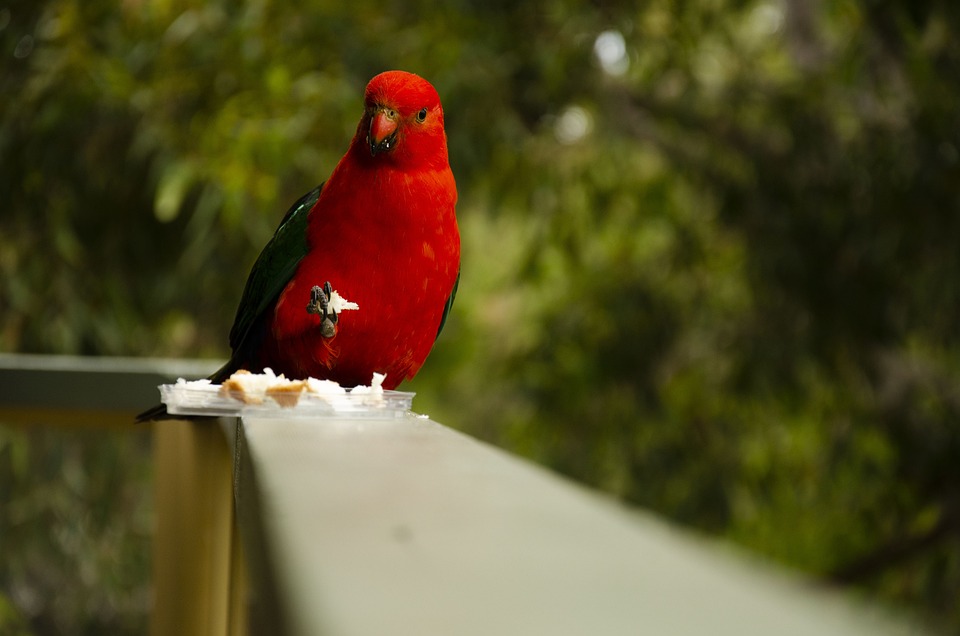Parrots are highly intelligent and social creatures that possess an incredible capacity to learn and communicate. Training your parrot not only strengthens the bond between you and your feathered friend but also provides mental stimulation and enrichment. However, before diving into the training process, it’s crucial to recognize signs of eagerness and readiness in your parrot. In this article, we will explore how to identify these signals and answer some frequently asked questions about parrot training.
Signs of Eagerness and Readiness
1. Vocalizations and Mimicry: Parrots are renowned for their ability to mimic sounds and human speech. When your parrot starts mimicking your voice or other sounds in its environment, it’s a clear sign of eagerness and a readiness to engage with you.
2. Curiosity and Exploration: Observing your parrot as it shows interest in its surroundings, explores new toys, or investigates objects in its environment indicates a desire to learn and interact. This displays the innate curiosity necessary for successful training.
3. Trust and Comfort: Parrots that display trust and comfort in your presence are more likely to be receptive to training. Signs of trust include relaxed body language, preening in your presence, or voluntarily stepping onto your hand or finger.
4. Body Language: Paying attention to your parrot’s body language can provide valuable insights into its eagerness to start training. Some positive signs include an upright posture, raised crest feathers, wagging tail, and outstretched wings. Conversely, a hunched posture, pinned eyes, fluffed feathers, or beak grinding may indicate stress or discomfort, suggesting that the parrot may not be ready for training.
5. Food Motivation: Parrots are highly food-motivated creatures, and their eagerness to learn can often be seen through their response to treats and rewards. If your parrot eagerly takes food from your hand or shows interest in treats during training sessions, it’s a good indicator of readiness.
FAQs about Parrot Training
Q: How long does it take to train a parrot?
A: The duration of parrot training varies depending on the individual parrot, the desired behaviors, and your consistency as a trainer. Training can take anywhere from a few weeks to several months, so patience and persistence are key.
Q: What are the essential training techniques for parrots?
A: Positive reinforcement, using treats and praise, is the most effective training technique for parrots. Clicker training, targeting, and shaping behaviors are also commonly used methods.
Q: Can any parrot species be trained?
A: Yes, most parrot species can be trained, including African greys, Amazon parrots, cockatiels, and budgies. However, each species has its own unique characteristics and learning abilities, so it’s important to tailor your training approach accordingly.
Q: How often should I train my parrot?
A: Consistency is vital when it comes to parrot training. Short, frequent training sessions of 10-15 minutes, repeated daily, yield better results than infrequent or lengthy sessions. However, always be mindful of your parrot’s attention span and avoid overtraining.
Q: What if my parrot shows resistance or fear during training?
A: If your parrot shows signs of fear or resistance during training, it’s crucial to take a step back and reassess the situation. Make sure the training environment is calm and free from distractions. Gradually introduce new stimuli and work at your parrot’s pace to build trust and confidence.
In conclusion, recognizing signs of eagerness and readiness in your parrot is essential before embarking on a training journey. By understanding your parrot’s body language, vocalizations, and behavior, you can establish a strong foundation for successful training. Remember to be patient, consistent, and provide positive reinforcement. With dedication and love, you and your parrot can build an unbreakable bond through the exciting world of training.









